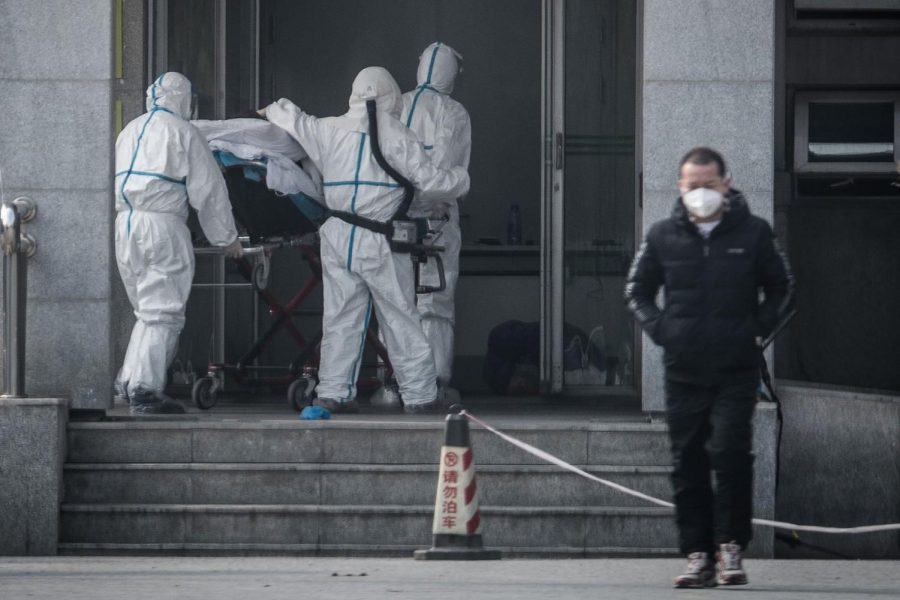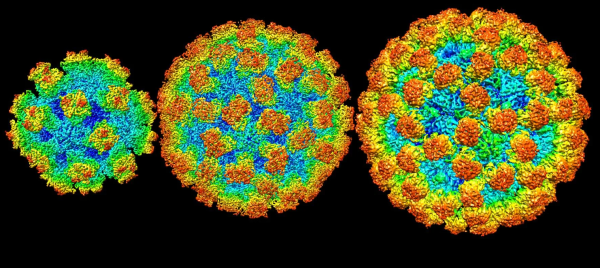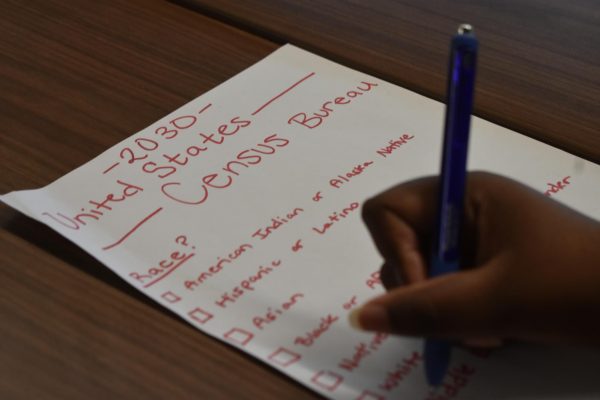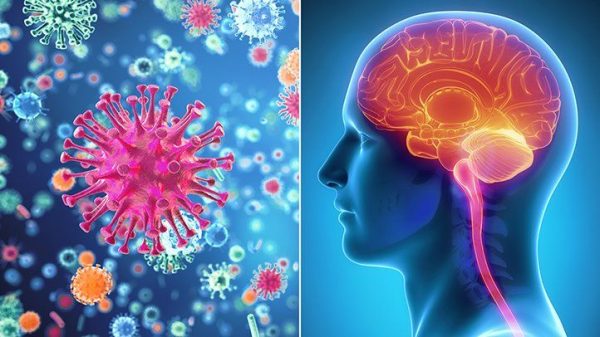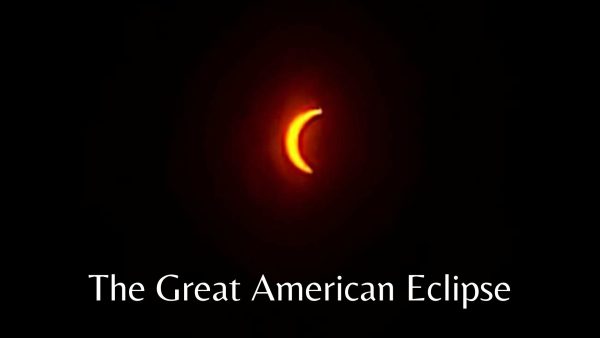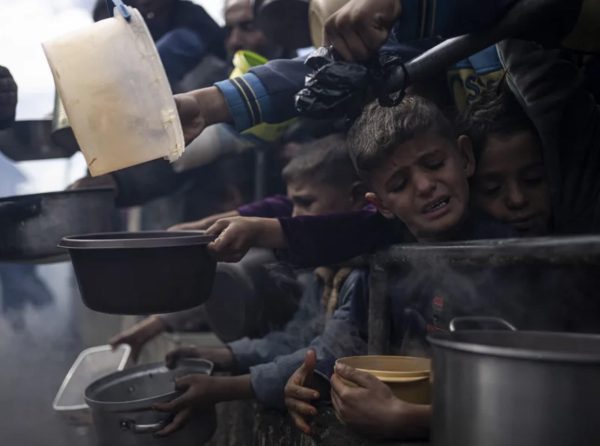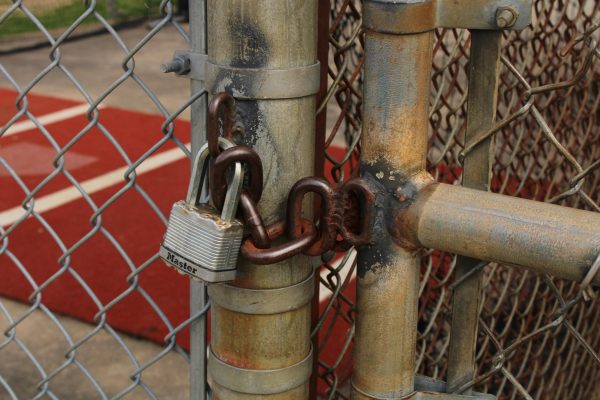China’s chilling coronavirus risk
courtesy of The New York Times
The unexpected emergence of the deadly coronavirus reported in China sent shockwaves across the world. With almost 2,000 cases reported so far, countries continue to take safety precautions to prevent further contamination of the respiratory disease. While specific threats to Americans remain unclear, the country prepares by providing instructions for prevention along with airport screenings to observe any symptoms of the illness.
January 27, 2020
Recently, the threat of a mysterious illness shocked the world. On December 31, Chinese health authorities detected the strain of the coronavirus—which poses a respiratory threat—in the central Chinese city of Wuhan. The symptoms, which may take up to about two weeks to recognize, include a high fever, difficulty breathing, lung lesions or what resembles the flu or a cold. Sources say the virus can spread despite symptoms not showing. Reports of the virus link the disease back to Hua Nan Seafood Wholesale Market, a wet market in China. Popular staples in Asia, wet markets allow shoppers to purchase freshly slaughtered and unpackaged meat. Here, close interactions between animals and humans increase the risk of contamination and the spread of diseases.
With the Chinese Lunar New Year holiday, Chinese citizens will start traveling more, putting more people at risk. The country took several precautions: closing attractions and businesses and placing travel restrictions on 15 cities. Among the almost 2,000 confirmed cases so far [at the time of publication] spanning three continents, including five confirmed cases in the United States, 56 deaths have resulted globally.
With two confirmed cases of the virus reaching the U.S, leaders attempt to assuage public concerns. In an interview, President Donald Trump reassured Americans about their safety with threats from the virus.
“It’s one person coming in from China. We have it under control. It’s going to be just fine,” Trump said.
Sources noted that the medical situation mirrored one in 2003, where almost 800 people died from Severe Acute Respiratory Syndrome (SARS). At the time, the Chinese government released limited information on the severity of the illness, which later led to a downturn in the Chinese economy.
“China’s communist government has this time given regular updates to try to avoid panic as millions travel for the Lunar New Year,” Reuters said.
With the increasing number of cases, China started to construct a mobile hospital of more than 1,000 beds to treat incoming patients.
Airports across the country continue to take precautions, screening individuals for symptoms in an attempt to prevent further contamination. News sources announced that soon, the airports will only allow passengers coming from Wuhan to land at the John F. Kennedy International Airport in New York, Los Angeles International Airport, San Francisco International Airport, Hartsfield-Jackson Atlanta International Airport and Chicago O’Hare International Airport.
As of now, the specific impact for the general public remains low, however, the World Health Organization (WHO) has recommended tips for Americans to stay safe, but does not recommend restrictions on travel or trade.
“Avoid close contact with anyone showing symptoms of respiratory illness, such as coughing and sneezing,” said the World Health Organization.




